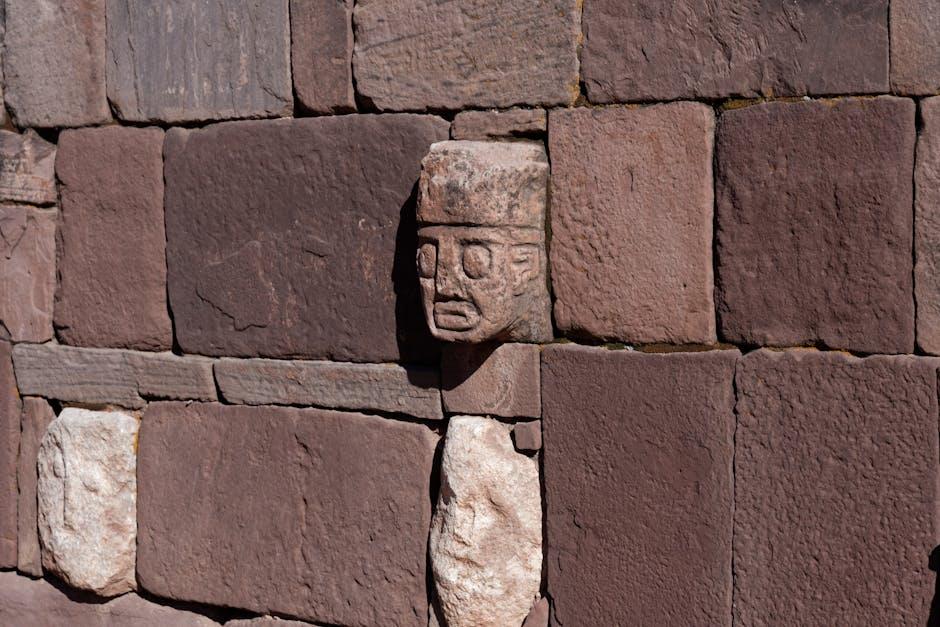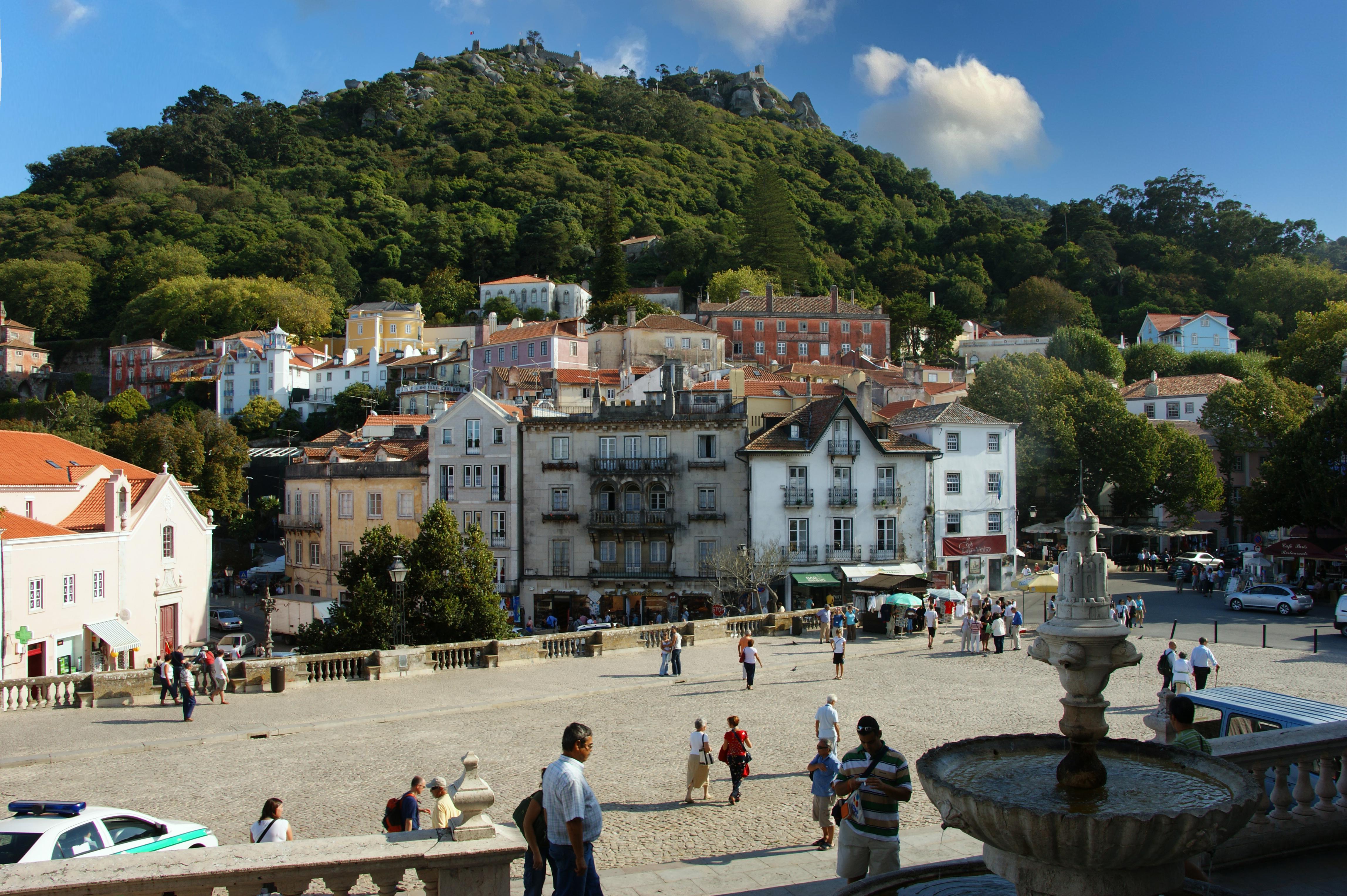In the quiet, untouched corners of the world, where the whispers of the past linger in the rustle of leaves and the ripple of streams, sacred indigenous sites stand as timeless sentinels of cultural heritage and spiritual significance. These places, revered by indigenous communities for generations, hold stories etched in stone and wisdom woven into the very fabric of the earth. Yet, as the global wanderlust propels travelers to the farthest reaches of the globe, these hallowed grounds face a delicate dilemma. The intersection of tourism and tradition presents a complex tapestry of questions: Should the gates to these sacred sites be closed to outsiders in a bid to preserve their sanctity, or can a harmonious balance be struck that respects both cultural heritage and the curious souls eager to learn from it? As we journey through the intricate narratives and perspectives surrounding this issue, we seek to uncover whether a respectful coexistence is possible or if the sanctity of these sites demands a more protective stance.
Balancing Respect and Exploration Understanding the Cultural Significance of Sacred Sites
When discussing the cultural significance of sacred sites, it is essential to recognize the deep-rooted connection these locations hold for Indigenous communities. These sites often represent spiritual, historical, and cultural heritage that transcends generations. As tourism continues to expand, the delicate balance between respecting these sites and allowing exploration becomes increasingly crucial.
To truly appreciate the importance of these places, one must consider several factors:
- Historical Context: Understanding the history and the stories tied to these sites provides insight into their significance.
- Cultural Sensitivity: Engaging with local communities to learn about their customs and traditions ensures that visitors can approach these sites with respect.
- Environmental Impact: Recognizing the potential ecological effects of tourism can help in preserving the natural integrity of sacred sites.
Balancing these elements involves creating a framework where education, respect, and sustainable tourism practices come together. By doing so, we can foster a deeper understanding of the cultural value these sacred sites hold, ensuring they remain preserved for future generations.
The Environmental Impact of Tourism on Indigenous Lands
Tourism, while a significant contributor to global economies, often leaves a profound environmental footprint on indigenous lands. These sacred sites, deeply intertwined with the cultural and spiritual identity of indigenous communities, face threats from the influx of visitors. The physical degradation of these sites is a pressing issue, with paths being worn down, vegetation trampled, and waste mismanaged. Beyond the visible impact, the disruption of wildlife habitats and ecosystems further exacerbates the environmental strain.
Indigenous communities frequently find themselves in a delicate balancing act, striving to preserve their ancestral lands while recognizing the economic benefits that tourism can bring. However, key concerns arise:
- The risk of commercialization overshadowing cultural significance.
- Unregulated tourism leading to irreversible environmental damage.
- The need for comprehensive policies that prioritize the voices of indigenous peoples in decision-making.
Sustainable tourism practices are essential, yet often lacking, to ensure these sacred sites remain preserved for future generations. A critical examination of tourism policies and practices is necessary to protect these irreplaceable environments and the communities that hold them dear.

Collaborative Management Strategies Involving Indigenous Communities
Involving Indigenous communities in the management of sacred sites necessitates a nuanced approach that respects their cultural heritage while addressing the growing pressures of tourism. Collaborative management strategies can serve as a bridge between preserving these sacred spaces and accommodating the interests of various stakeholders. Indigenous communities often hold a wealth of traditional ecological knowledge, which can be instrumental in crafting sustainable tourism practices. By engaging in partnerships, these communities can set boundaries that ensure the sanctity of their sites is not compromised.
- Cultural sensitivity training for tour operators and visitors.
- Co-management agreements that empower Indigenous communities to have a say in site governance.
- Visitor quotas and controlled access to minimize environmental and cultural impact.
These strategies foster a respectful dialogue between Indigenous custodians and the tourism industry, ensuring that sacred sites are not only preserved but revered. Balancing the economic benefits of tourism with the spiritual and cultural needs of Indigenous peoples is crucial for the sustainability of these treasured places.

Crafting Policies for Sustainable and Respectful Tourism Practices
In the quest to create policies that ensure tourism respects and sustains sacred indigenous sites, several key considerations emerge. It’s crucial to understand the cultural significance and spiritual value these sites hold for indigenous communities. Engaging with these communities to co-develop guidelines can foster a deeper respect and understanding from tourists. This might include specific visitation rules, such as limiting the number of visitors, restricting access during certain times, or requiring guided tours by community members.
- Engagement with Indigenous Leaders: Collaborate directly with community leaders to define what respectful tourism looks like.
- Education and Awareness: Implement educational programs for tourists to understand the cultural and spiritual importance of the sites.
- Sustainable Access: Develop infrastructure that minimizes environmental impact while allowing controlled access.
- Economic Benefits: Ensure that a portion of tourism revenue supports the indigenous communities and conservation efforts.
By weaving these elements into tourism policies, we can aim for a model that not only protects sacred sites but also enriches the cultural experiences of visitors and sustains the livelihoods of indigenous populations.
Concluding Remarks
As the sun sets on this complex dialogue, it becomes clear that the intersection of tourism and sacred indigenous sites is a crossroads where respect, cultural preservation, and curiosity meet. This conversation is not merely about drawing lines on a map but about weaving a tapestry of understanding and coexistence. As travelers, custodians, and global citizens, we are called to listen, learn, and reflect. In this delicate balance, the question of whether tourists should be banned from these hallowed grounds may not have a singular answer, but it invites us all to tread lightly, with open hearts and minds. The journey toward mutual respect and preservation is ongoing, and it is one we must embark on together, honoring the past while paving a respectful path for the future.

































